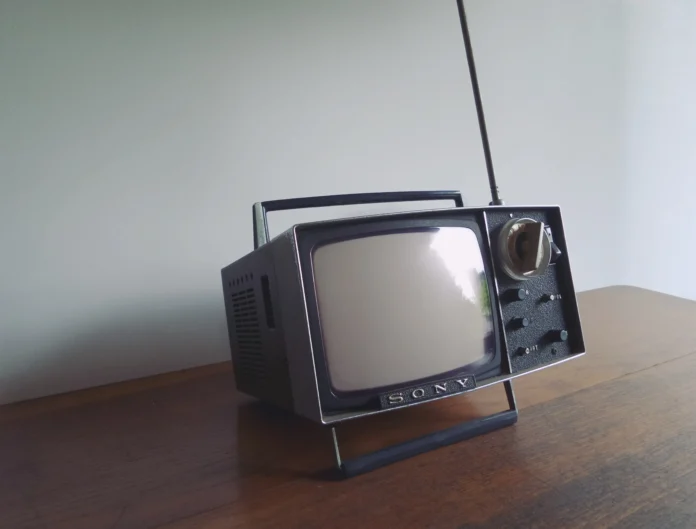Flat-panel displays, such as PC monitors, have substituted CRT (Cathode Ray Tube) displays. The main benefit of CRTs is motion clarity. As it’s known, some flat-panel displays use a method known as Black Frame Insertion.
What is better sample and hold or pulsed displays
What is black frame insertion is used with flat-panel displays? Black frame insertion is considered to have a special sort of unwanted motion blur that’s provoked by how they show and change the picture on the screen. The picture is fitted correctly for the whole time of a frame across numerous screen refreshes, after that, it’s almost immediately substituted with the following frame while all the pixels alter their state in unison. This is called image persistence or “sample and hold”.
This method only sounds like a good idea, but naturally, it presents an unpleasant motion blur. When your eyes try to follow an object that is being moved all over the screen, they’re locked onto another part of the image at the start and at the end of the refresh.
Eye-tracking motion blur is caused by this issue, as the tracking motion of your eye activity forces the picture to blur across the retina. The crucial point is that it’s displayed in all flat-panel displays that absolutely exhibit each frame until the following frame is ready. It doesn’t depend on the speed of their pixels can change state.
CRT displays display much less motion blur, as each refresh cycle the whole pixel has to be redrawn or it will wither away. The electron beam pulls the pictures from top to bottom by exciting the phosphor coating on the back of the screen. When it gets to the bottom of the picture, the phosphors at the top of the screen have begun disappearing. The duration between pulling the last bar of the earlier refresh and the first of the following is comprehended as the vertical blanking period, where the whole screen is shortly blank. This natural “pulsed” lack of picture endurance has a surprisingly optimistic impact on motion blur and is something flat-panel creators have attempted to imitate in different methods.
What are blur reduction methods
There are a lot of paths in which flat panels try to beat the sample and hold motion blur. The most popular one is motion interpolation, also comprehended as motion smoothing. It’s also known as the “soap opera effect“, which is a demeaning title for it.
Other TV brands also have their own titles for this process, but it all operates in a similar way. For example, imagine that there is content playing at 30 frames per second, but the screen can refresh at 60 frames per second. The motion interpolation causes intermediate frames, which are a type of standard of the frame before and after it. This doubles the number of distinctive frames and decreases the quantity of motion blur. However, this causes that silky-smooth motion that makes everything look like GoPro footage or, as it was said before, soap opera footage.
Some displays are “low persistence” panels. These panels rapidly flash their pixels, which is also comprehended as strobing in a way that mimics pulsed screens.
Then it’s called Black Frame Insertion. Rather than a brief flicker, this method inserts a completely black frame between every lit frame. So the backlight, or the existing pixels in the case of OLED, stays totally dim after every full refresh.
What are the advantages of Black Frame Insertion
Black Frame Insertion (BFI) is a very good technique for overpowering eye-tracking motion blur. It fools your brain into sensing smooth motion rather. The main advantage of this blur reduction process is that it isn’t required to disorder with the frame rate of the authentic source footage. It doesn’t depend on whether it’s 24 frames per second or 60 frames per second, only natural unaltered frames are displayed, and there’s no soap opera effect.
BFI is a good choice for apps such as video games. “Post-processing” motion blur reduction techniques construct latency between when the display obtains frames and when it shows them. For instance, with motion interpolation, the display is required to know what the following frame looks like before it can sum an interpolated frame to insert between it and the last frame.




